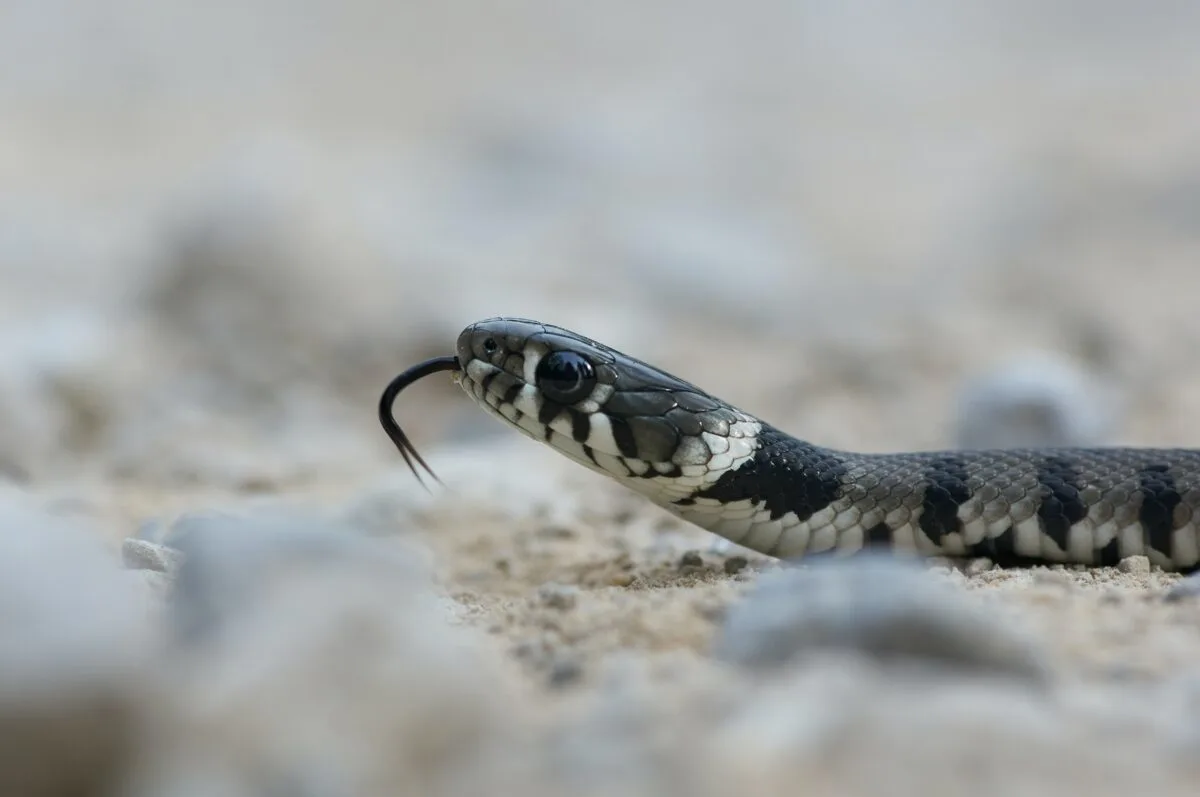Are you a nature lover intrigued by the captivating world of king snakes vs. Mojave snakes? These magnificent creatures are renowned for their strikingly similar yet distinct markings, which set them apart. King and Mojave snakes possess exceptional traits that differentiate them from each other, such as their venomous abilities and hunting tactics.
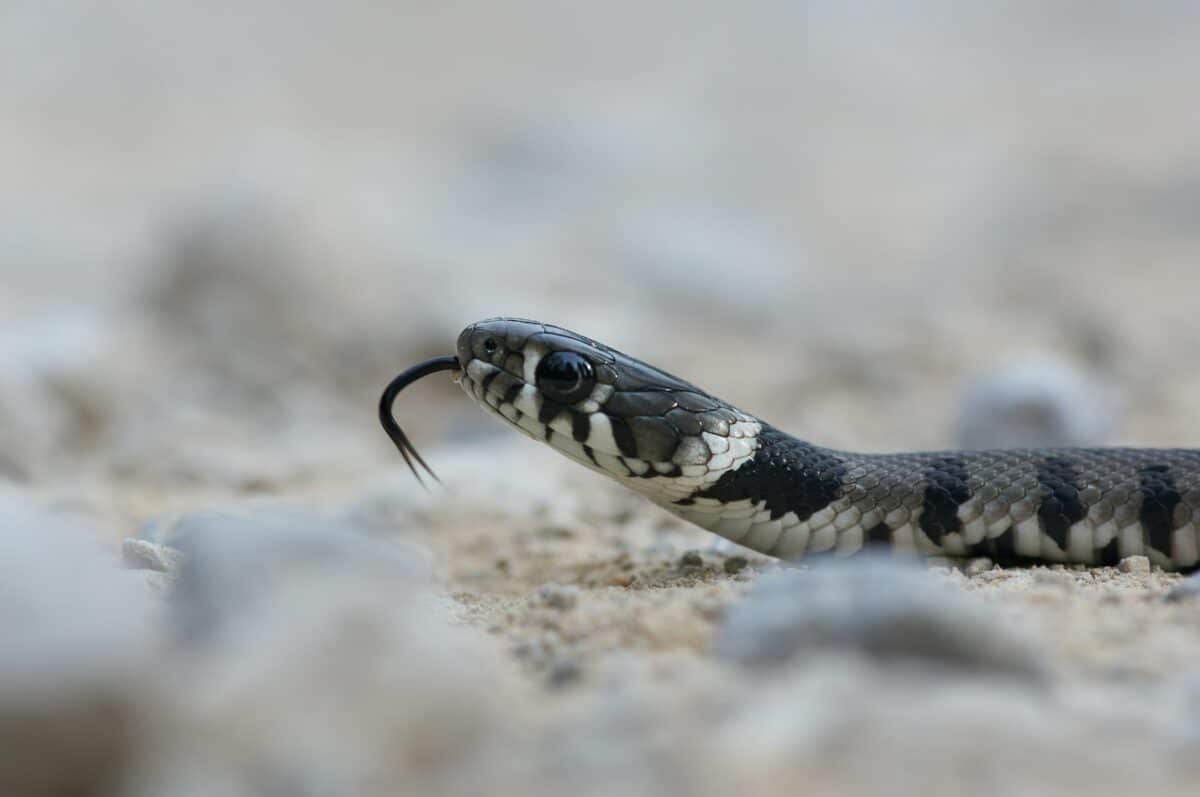
This exciting blog post will delve into the unique features that distinguish these two reptiles and answer the ultimate question: “Who would triumph in a battle, a King snake or a Mojave snake?” So let’s embark on this thrilling journey together and discover the awe-inspiring world of these great serpents!
Comparison Table
| Mojave snake | King snake | |
|---|---|---|
| Scientific name | Lampropeltis splendida | Lampropeltis getula |
| Length | About 4 feet | Up to 6 feet |
| Color | Yellowish-white stripes on a dark body | Variable colors, often with bands or stripes |
| Preferred habitat | Dry, rocky areas such as the Mojave Desert | Forests, deserts, grasslands, suburban areas |
| Diet | Rodents, lizards, small mammals, other snakes | Rodents, squirrels, other small animals, other snakes |
| Lifespan | Up to 20 years in captivity, 8-10 years in the wild | Up to 20 years in captivity, 8-10 years in the wild |
| Adaptations for survival | Can conserve water and withstand high temperatures | Skilled climbers, able to defend against predators |
| Geographic range | Southwestern US and northern Mexico | North America, Mexico, Central America, South America |
| Conservation status | Not listed as threatened or endangered | Not listed as threatened or endangered |
| Interaction with rattlesnakes | Known to prey on rattlesnakes, including other Mojave rattlesnakes | Known to prey on other snakes, including rattlesnakes |
Appearance and Physical Characteristics
King Snakes
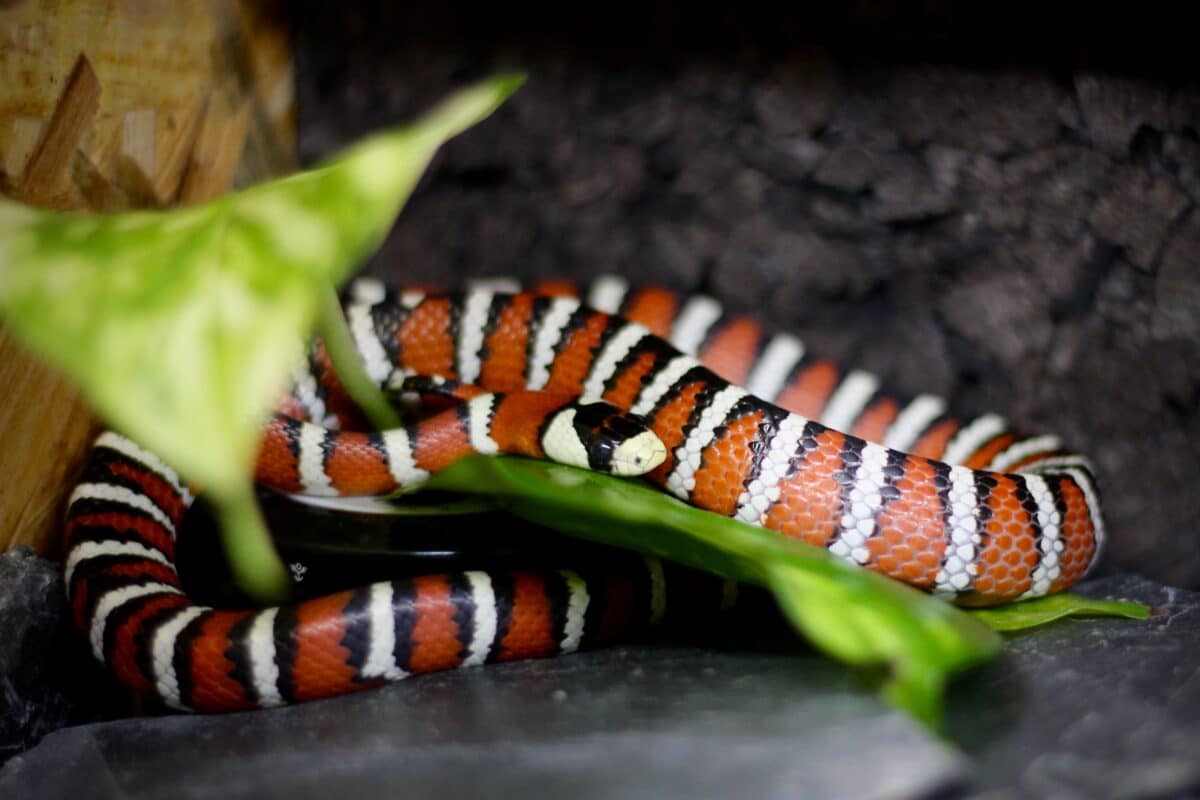
King snakes are truly remarkable creatures that have mastered the art of survival in the wild. With no natural predators, these reptiles are renowned for their ability to catch other snakes, which earned them their regal name.
Their diverse colors and patterns make them easily visible in their natural habitat. One of their most intriguing defensive traits is their ability to rapidly wiggle their tails, mimicking the sound of a rattlesnake. This tactic confuses their prey and allows the king snake to strike or flee.
These serpents are not only impressive in their defensive capabilities but also in their physical appearance. With shiny scales, slender bodies, and swift movements, they are among the most stunning and captivating snakes you can encounter in the wild.
Their formidable teeth and gripping powers enable them to safeguard their prey, while some species exhibit bright red spots or markings along their lower spines, adding to their allure. King snakes are remarkable creatures that leave an indelible impression on those lucky to observe them in their natural habitat.
Mojave snakes
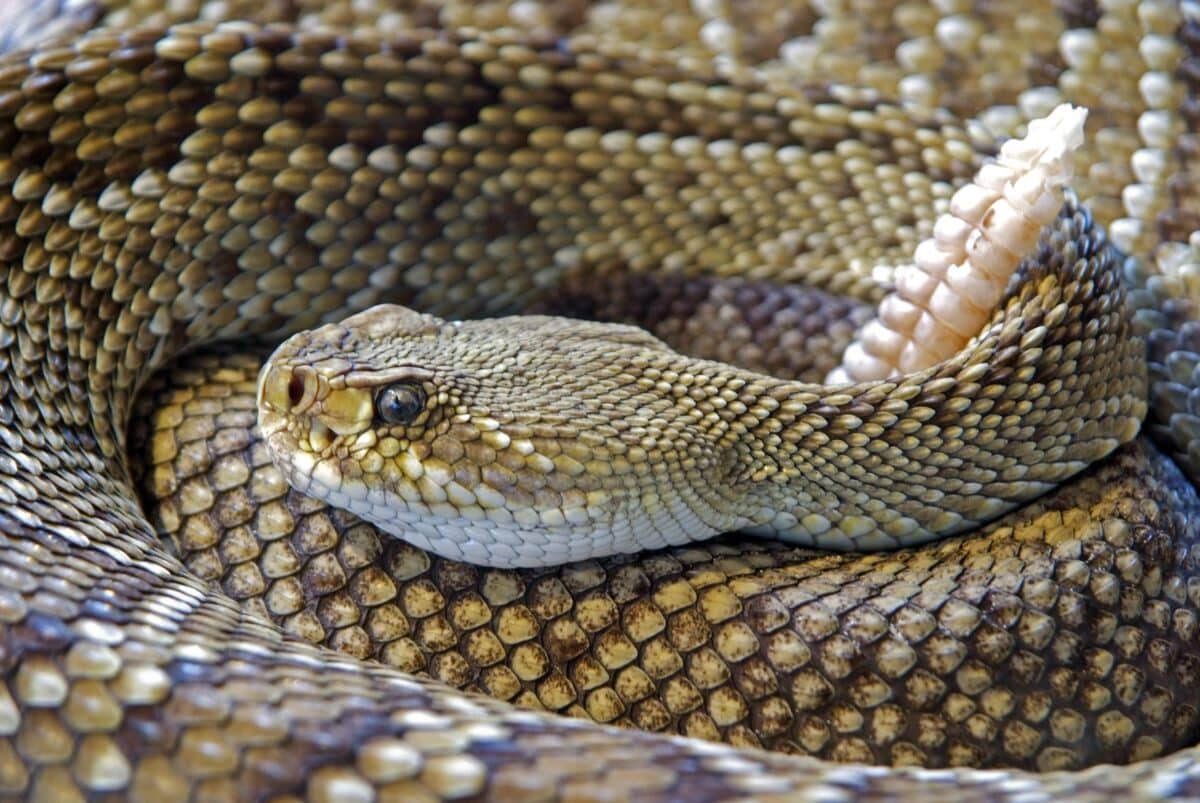
Mojave snakes are renowned for their stunning appearance and unique physiology. These vicious predators boast a dusty brown hue with striking black rings or stripes all over their bodies and an impressive triangular head. However, their most awe-inspiring feature is their venom, which contains neurotoxins and hemotoxins, rendering them the deadliest snakes in North America.
Their hunting prowess is equally impressive, as they can plunge up to a quarter inch into their prey, demonstrating their exceptional skill and agility.
Despite their fearsome reputation, Mojave snakes have a captivating habitat that is a joy to observe. Their natural surroundings provide a rich and varied ecosystem, making them a fascinating study in the wild. All in all, Mojave snakes are genuinely remarkable creatures in their physiology and natural habitat, making them a must-see for any wildlife enthusiast.
Character and behavior
King snakes are considered docile and make great pets due to their gentle nature. They are not prone to biting humans unless they feel provoked or threatened, and even then, their bite is non-venomous. In their natural habitat, king snakes prey on various animals, including other snakes, lizards, birds, and small mammals.
Their excellent climbing and swimming abilities can strike prey from above or chase them down. As solitary creatures, they only interact with other snakes during the breeding season and can be pretty aggressive when threatened, often striking at hesitant victims. King snakes are also highly active and love to explore their surroundings, often scaling any surface they can find.
In contrast, Mojave snakes are typically more timid than king snakes. Though they can exhibit a range of emotions, they prefer to flee rather than attack when threatened. With their passive and gentle nature, they make for low-maintenance pets.
Which One is More Pet-Friendly?
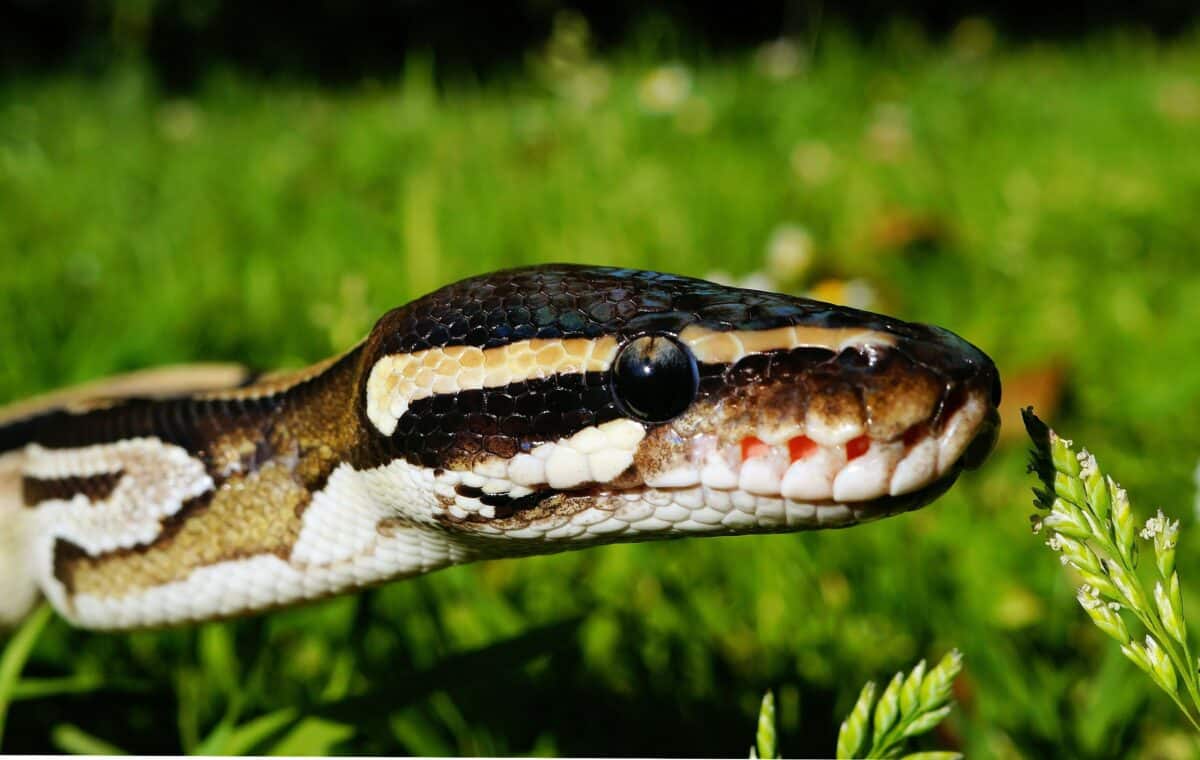
Before bringing a king snake home as a pet, it’s essential to consider its specific environmental requirements, constant feeding needs, and additional vet care due to its diet of live prey.
While they can make excellent pets for those seeking a challenge, people who prefer a more relaxed and docile animal should consider the Mojave rattlesnake instead. This snake species is much less aggressive than the king snake and tends to be passive, only striking or biting when seriously provoked.
Both king snakes and Mojave rattlesnakes have vastly different temperaments and behaviors. While the king snake is more active and aggressive, the Mojave rattlesnake is typically more passive and docile.
Also, check out: Eastern Diamondback Rattlesnake Bite
The Mojave rattlesnake is the best option for those seeking a pet that won’t actively try to bite them. These snakes have a characteristic diamond pattern and can be found in the deserts of North America, making for an exciting addition to any home.
However, it’s essential to have ample space and safety measures in place to prevent them from escaping.
Habitat and Lifespan
As a wildlife enthusiast, you’ll be delighted to learn that King snakes are remarkable creatures that can live for up to 20 years in captivity! In the wild, their lifespan can vary depending on their care, but on average, they can live for 8-10 years. These snakes can exist in various habitats in North America, including forests, deserts, and grasslands. Surprisingly, they also do well in suburban environments!
King snakes are skilled climbers who love hiding in trees or bushes, making them excellent at camouflage. These reptiles primarily feed on mice, squirrels, and other small animals, but what’s fascinating is that they can eat other snakes too! This behavior is essential for them to obtain the required protein, especially when food is scarce in the wild.
Interestingly, King Snakes aren’t limited to North America; they exist in other parts of the Americas. They thrive in warmer temperatures with less rainfall; during winter, they sometimes roam at higher elevations. However, they only stay in open areas or along roads briefly.
Mojave snakes prefer dry, rocky areas such as the Mojave Desert, where they burrow under rocks and trees during the hot daytime weather. They emerge at night to hunt when it’s cooler. These reptiles have adapted to survive in harsh conditions, conserving water and withstanding temperatures of up to 120 degrees Fahrenheit (49 degrees Celsius). Moreover, unlike other snake species, they can survive long periods without water by absorbing water from their prey.
Summary
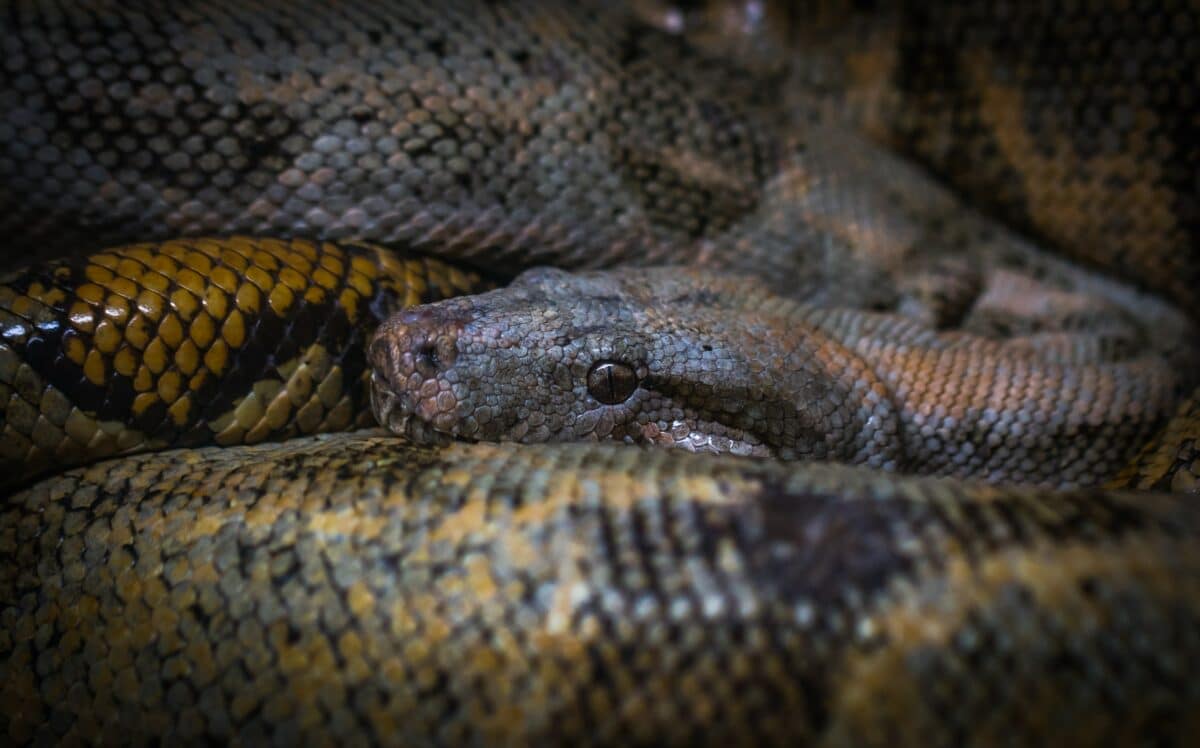
As a wildlife enthusiast, witnessing a showdown between two formidable creatures in the wild is always exciting. In the case of the king snake versus the Mojave rattlesnake, the outcome is crystal clear: the king snake is the undisputed winner! Thanks to its impressive size, lightning-fast speed, and remarkable self-defense skills against predators, the king snake has proven to be the ultimate champion in this matchup.
If you’re ever lucky enough to spot either of these species during your outdoor adventures, giving them plenty of space and showing them the respect they deserve is crucial. It’s always best to admire these fascinating creatures from a safe distance, allowing them to continue their natural behaviors without any interference. So, take in the awe-inspiring beauty of king snakes and other wildlife, but always prioritize their safety and well-being.
Thank you for following along with this article!
Next up in the animal-news world:
- Lord of the Rings Inspires New Butterfly Genus Named “Saurona”
- The Record-Breaking Size of the Largest Orca Whale
- Meet Frosty: The Leucistic Orca Calf
- The Largest Whale Shark Ever Recorded – 47,000 Pounds
- The Tail of the “Man-Eater of Mfuwe”
- Mass Deaths of Dolphins in the Black Sea Linked to the Russians
- Pregnant Hammerhead Shark Washes Ashore in Alabama
- 2,000 Endangered Rhinos to the Highest Bidder
Join our Forum for free today!

- 93-Million-Year-Old Crocodile Fossil Discovered With Baby Dinosaur in Its Stomach - July 23, 2024
- Woman Captured Howling with Gigantic White Wolf in Beautiful Footage - July 23, 2024
- Recent Study Reveals Hippos Can Momentarily Fly - July 23, 2024

